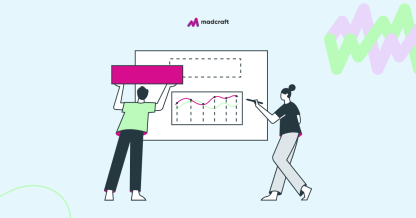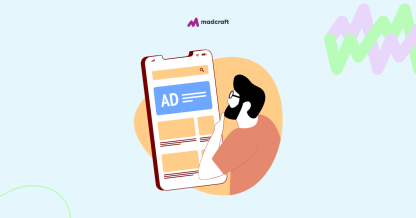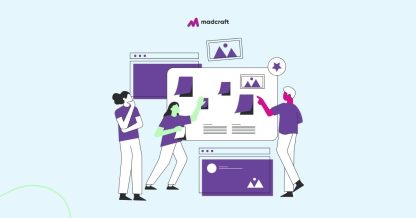With less focus on tracking individual users, organizations will be challenged to create fewer personalized campaigns (for more generic ones). Although a challenge, there is a workaround solution available. Users may prefer a more personalized experience; therefore, you can collect first-party data by allowing users to create customer accounts on your website, allowing them to subscribe to an email list, download a lead magnet (in exchange for an email address) or ask them to fill out a feedback form.
It goes without saying that as quickly as people can opt into your marketing service, they are entitled to opt out as they wish. So make sure you have opt-out or deactivation options available on your website, emails, and apps – or else you will be violating GDPR.
In Google Analytics 4 (GA4), you do not need to set cookies on your website to collect data. GA4 uses first-party data to separate users and sessions from a single user. This way, GA4 randomly generates a user ID without revealing sensitive information about the users allowing you to track them across the site and app.
While the use of third-party cookies is still in operation, we recommend you perform A/B testing by running both current campaigns and cookieless campaigns and monitor results to see if you encounter any significant differences.







